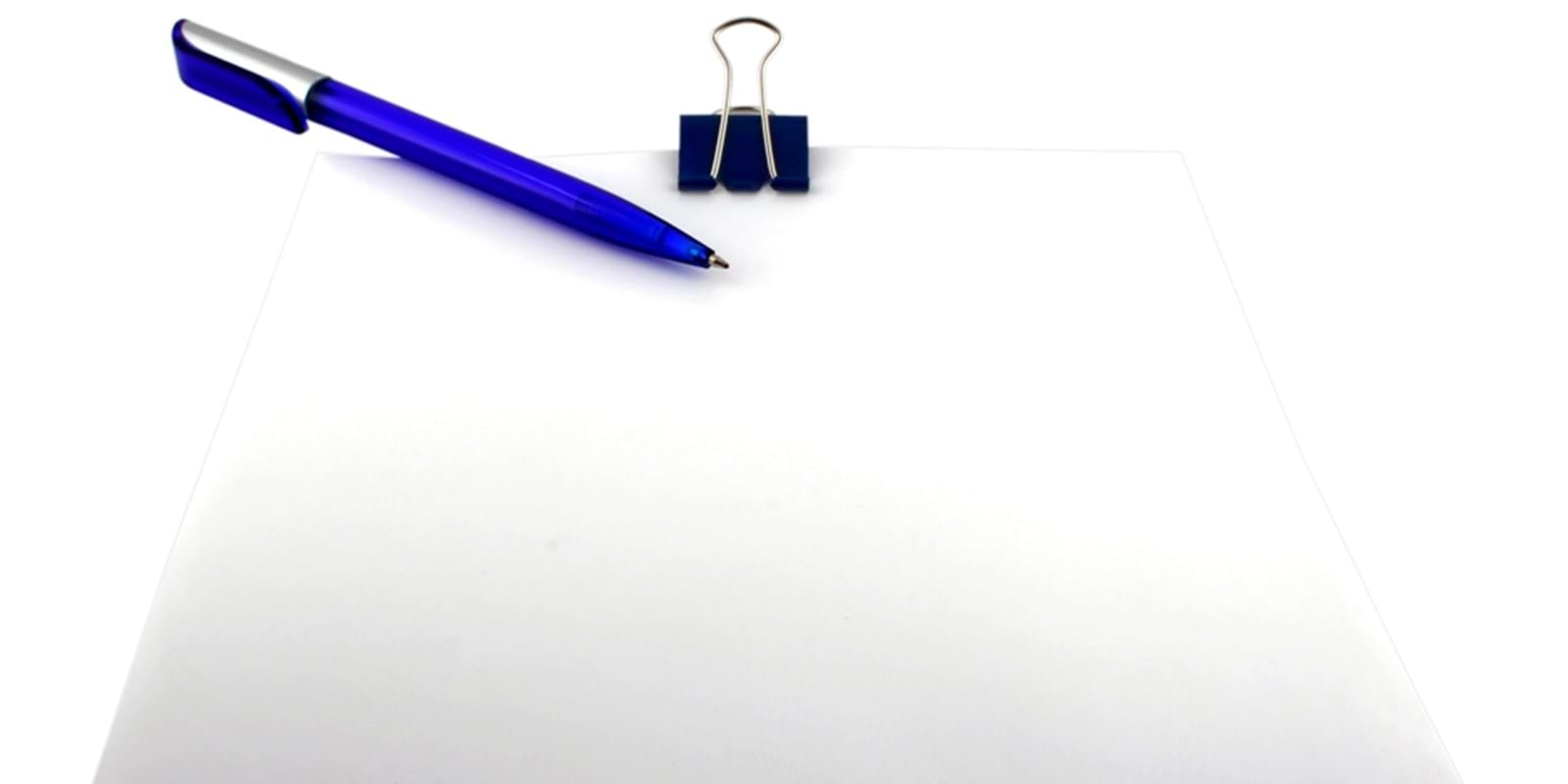Dealing With the Impact of Flooding
If your home has been flooded, the best way to protect your property, your belongings and the health of your family is by getting rid of the water and drying your house as quickly as possible.
Prior to starting the clean-up, it is essential to keep safety a priority and take all precautions to avoid electrical shock. It is also recommended that you document the damage and contact your insurance agent as soon as possible.
During the clean-up, it is important to establish a step-by-step action plan to remove all remaining water, mud and other debris from your house. Work from the top down, removing materials at least 50 cm above the high-water line and replacing any flooring that has been deeply penetrated by flood water or sewage. Next, wash and wipe down all surfaces wetted by the flood water with an unscented detergent and water, repeating as necessary until clean. Finally, ventilate or dehumidify the house until it is completely dry.
After a flood, it’s important to restore your home to good order as soon as possible to protect your health and prevent further damage to your house and belongings. Whether you do the work yourself or hire a contractor, this handy checklist will help you organize the clean up.
Immediate action is important. Your house and furnishings are less likely to grow mold if they are dried within 48 hours.
Before You Begin
- Put your own safety first. Avoid electrical shock. Wear rubber boots. Keep extension cords out of the water. Shut the power off to the flooded area at the breaker box. Ask your electrical utility for help if needed.
- Record details of damage, with photos or video if possible. Contact your insurance agent immediately and register with your municipality—your municipality may have resources you need, such as future financial assistance.
- Set up a step-by-step action plan to:
- remove all water, mud and other debris
- dispose of contaminated household goods
- rinse away contamination inside the home
- remove the rinse water
- clean and dry out your house and salvageable possessions.
- Be prepared to make difficult decisions about what to keep and what to throw out. Household items that have been contaminated by sewage, or that have been wet for a long time, will have to be bagged, tagged and discarded according to local regulations.
- Assemble equipment and supplies:
- gloves, masks (N95 respirators) and other protective gear
- pails, mops, squeegees and plastic garbage bags
- unscented detergent
- large containers for wet bedding and clothing, and lines to hang them to dry
- you may also need to rent extension cords, submersible pumps, wet/dry shop vacuums, and dehumidifiers or heaters.
- Store valuable papers that have been damaged in a freezer until you have time to work on them.

